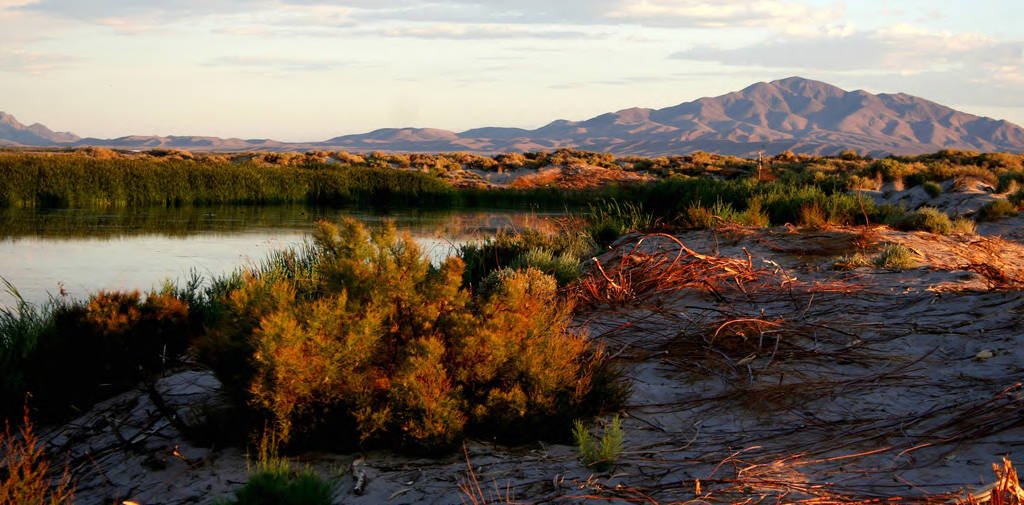
The National Wildlife Refuge System is the world’s largest network of lands and waters dedicated to wildlife conservation
The National Wildlife Refuge System
The U.S. Fish and Wildlife Service administers the National Wildlife Refuge System—the nation’s only set of federal lands dedicated to the conservation and management of America’s native wildlife. It is the largest and most diverse network of conservation lands and waters in the world, encompassing more than 850 million acres of unique habitats our native wildlife species depend on. Biologically rich ecosystems like tropical and boreal forests, wetlands, deserts, grasslands, arctic tundras, and remote islands make up these incredible public lands.
The Refuge System consists of over 572 national wildlife refuges, five marine national monuments, and 38 wetland management districts, with units located in every state and territory of the US. A refuge can be found within an hour’s drive of every major US city.
Essential for protecting our biodiversity and climate resilient habitats
The Refuge System is home to more than 700 species of birds, 220 species of mammals, 250 reptile and amphibian species, and more than 1,000 species of fish. It provides vital habitat for thousands of native species, including sandhill cranes, American alligators, bison, and sea turtles. 513 threatened or endangered species rely on the Refuge System for protection, such as the whooping crane and the Florida panther. It also provides crucial stopover and nesting habitat for millions of migratory birds every year, creating a virtual highway along migration routes.
National wildlife refuges help to mitigate the effects of climate change by providing habitat for climate-sensitive species and protecting carbon sequestration in natural ecosystems. Wetlands, for example, are one of the most productive ecosystems on Earth one of the most effective carbon sinks. Wildlife refuges also provide important habitat for pollinators and other species that play key roles in maintaining the health and resilience of ecosystems. The five marine national monuments protect and conserve some of the last remaining pristine ecosystems.
Wildlife refuges can also reduce the impacts of natural disasters and enhance climate resiliency and mitigation. Many refuges are located in coastal or flood-prone areas and their ecosystems, such as wetlands and marshes, can help to absorb excess water and reduce the damage caused by storm surges and floods. In addition, many refuges are also managed to reduce wildfire risk by thinning overgrown forests, removing invasive species, and promoting healthy ecosystems.
Important for local communities and economies
National wildlife refuges are important recreational and tourism destinations in communities across the United States, providing families and everyday Americans access to some of the nation’s best opportunities for wildlife observation, sustainable hunting and fishing, photography, and environmental education for people of all ages and backgrounds.
The Urban Wildlife Conservation Program, launched in 2012, connects underserved communities to over 100 units of the Refuge System near cities, helping new generations and historically underrepresented communities access nature and learn about conservation.
Over 67 million people visit national wildlife refuges every year. This generates over 41,000 jobs and provides more than $3.2 billion in economic output each year. For every dollar appropriated to the Refuge System, an average of nearly five dollars is returned to local economies.




